Good grief has it been 10 years since I reviewed Kerbal Space Program?! Looking back at my review you’d think I was semi-interested in it, mostly for the potential for unleashing all sorts of unholy physics-engine-gone-mad hell on those poor Kerbals. But no, I was more than just interested in it, putting in another 35 hours after the review into the game and accomplishing such feats as walking on the Mun and returning the Kerbals back home. Of late though I felt I had lost interest in the simulation genre. my usual run ins with games like that (Besiege being one of the most recent I can think of…and even that was in 2020… fucking hell) being short and barely worth mentioning. Juno: New Origins felt like it was shaping up much the same way for me, that was until I got tantalizingly close to making a specific orbit on the first try and then…couldn’t do it again.
That’s when Juno really got its hooks into me.
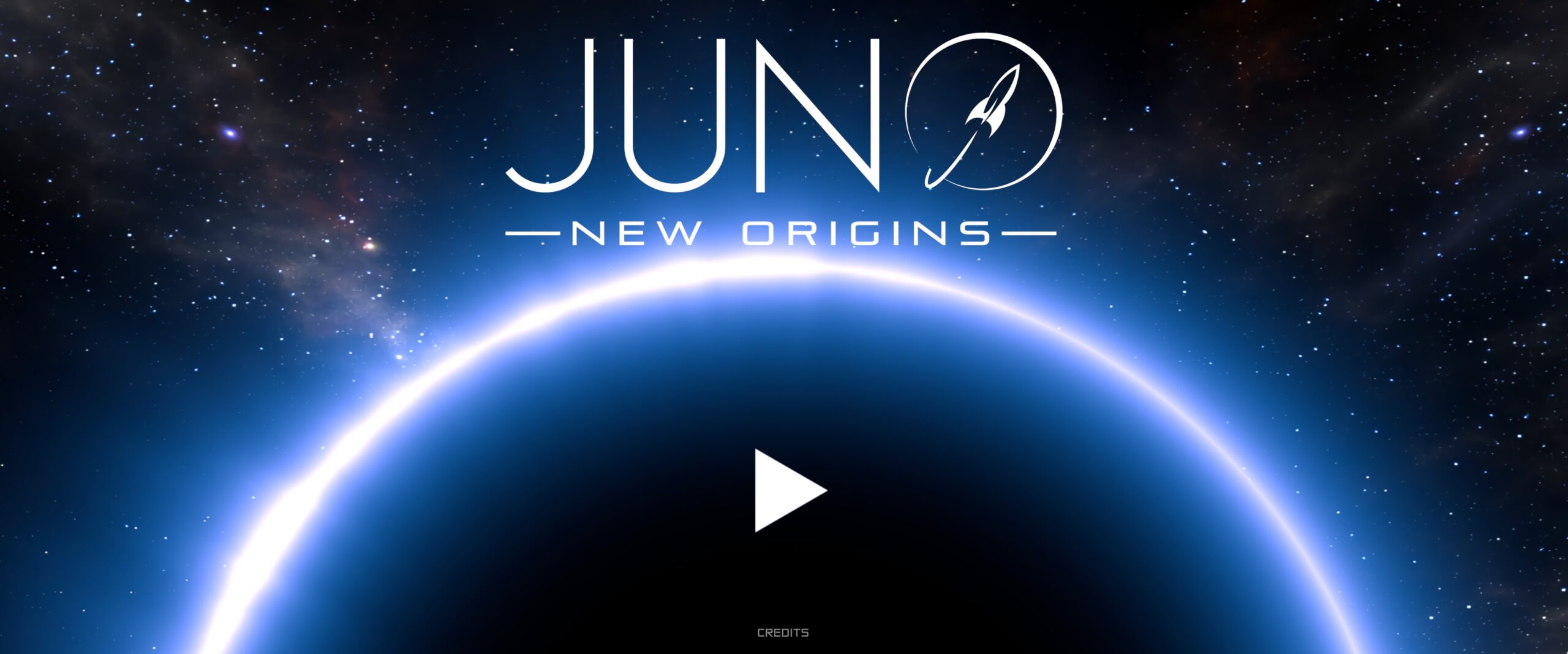
Juno: New Origins comes with a rather detailed campaign mode which kinda has a story element to it although none more than what’s needed to serve as an extended tutorial. You’re a plucky new launch startup eager to make your mark (one way or the other) and you’ve caught the eye of a few customers who are keen to pay you to undertake missions for them. These are constructed in such a way as to get you to do a thing, do it again but higher/faster/better, and then repeat that process until you get a good understanding of the fundamentals of rocketry. Given it’d been a hot minute since I’d last played KSP, Steam tells me it was the middle of 2015, I figured following the bouncing ball on the tutorial would be the way to go. So all of my time with the game was spent playing in the limited sand pit which, honestly, I was really thankful for.
The visuals certainly look like a modernised version of the original KSP although I’d largely guess that’s a matter of course for these kinds of simulator games. They’re highly stylized and erring towards simplicity where ever possible, mostly to save CPU and GPU cycles for inevitable chaos that the game will have to simulate. As you’d expect then performance is quite good, even when you’re attempting to do something really stupid or, by accident, mix up your staging so things happen all out of order and the physics engine is left to figure out what happens when engines fire out of order. The way the ships are modelled too seems to help with this, lacking any of the characteristic KSP wobble that needed endless struts to fix, making things just a bit easier to simulate.
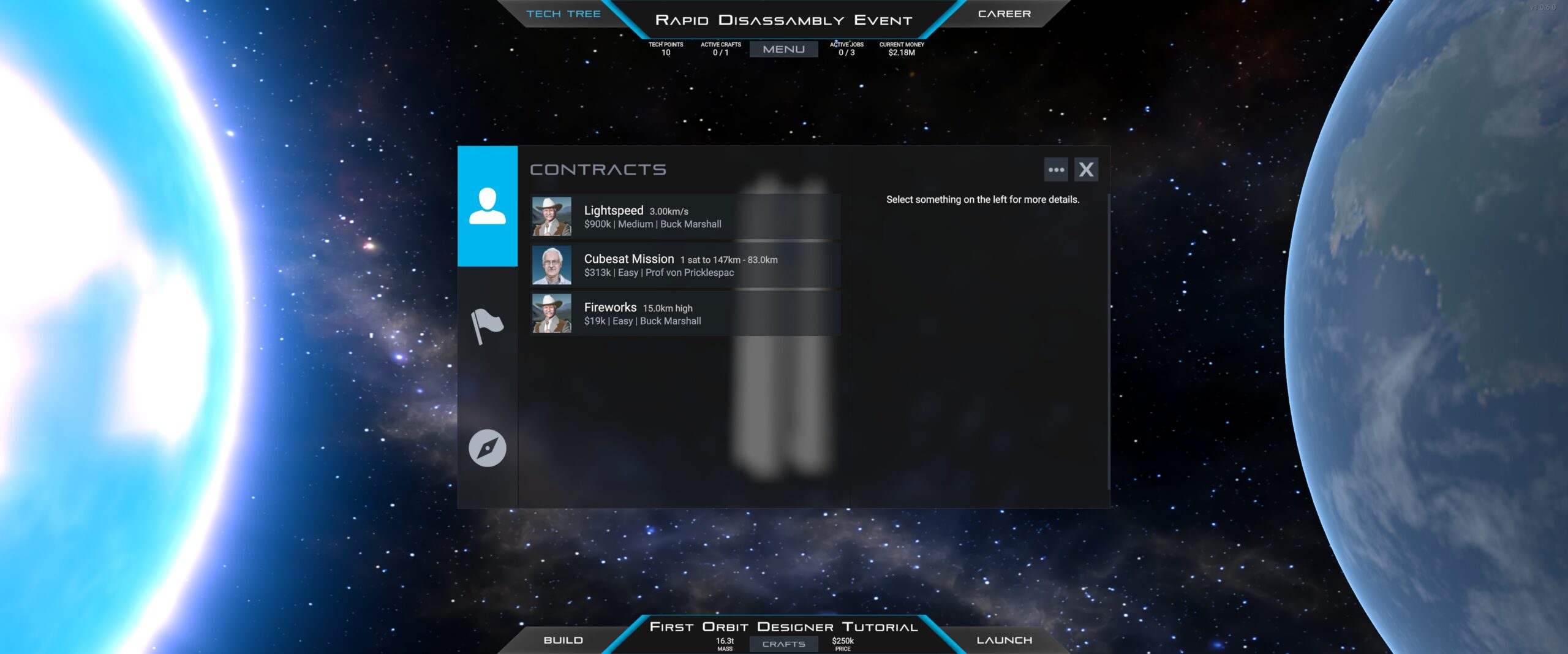
The campaign is effectively a lengthy, extended tutorial that gradually asks more of your rocketry or aviation abilities as you successfully complete missions. I chose the rocketry path since that’s the one I was most familiar with and the resulting sandpit I was given access to reflected that. This does mean if you’re coming from KSP somethings that you’d expect to be able to use right off the bat (like flight control surfaces rather than just simple fixed fins) aren’t available to you. You can see why this was done though as it’s quite easy to get overwhelmed with the number of potential components when you’re just trying to do simple things like flying straight up or a simple suborbital trip.
Once you’ve adjusted your expectations as to how you think you should be going about solving the problems that the game throws at you things start to get a lot easier. Like most people I fell directly into the usual trap of simply adding more rockets and/or more fuel which works well enough for the first few simple problems that are thrown your way. However they quickly start throwing problems at you that can’t be solved in that way, at least not if you’re trying to build up some capital for your company. That being said going into debt for one or two missions to get you over a hump doesn’t seem to be a bad thing and there’s even an achievement for doing so.
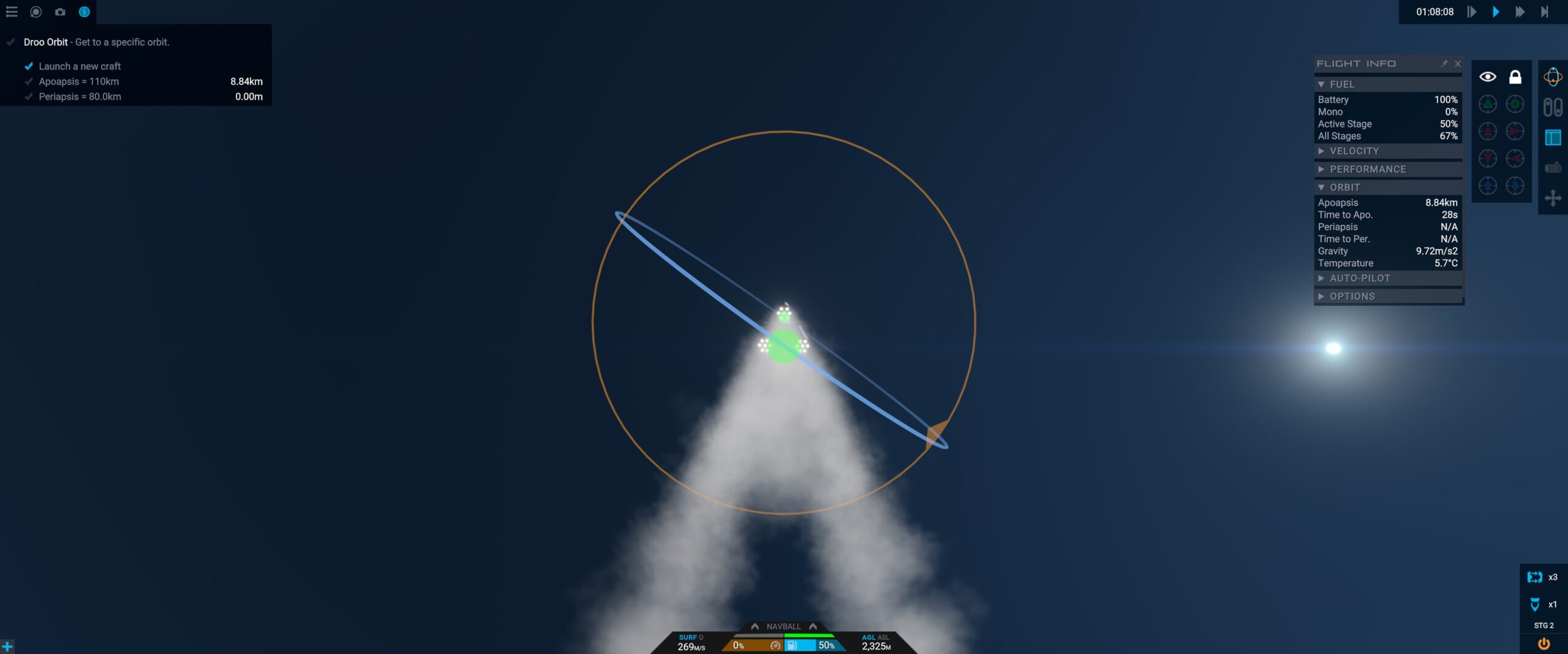
Compared to my memories of KSP there seems to be a lot more options available when it comes to building out your rocket. Pretty much every component has a list of parameters that can be optimised for a particular job and the game presents enough data for you to be able to see what level of impact those changes have on the rocket’s characteristics prior to launching it. This does however mean there’s an inordinate amount of tweaking that you’ll end up doing when you’re trying to optimize your craft for a specific mission although I’d hazard a guess that’s likely the point. I’m sure after playing for a good long while you’d build up a library of ships that do 90% of the job (like, say, a 3 stage LEO/GTO rocket that can be scaled) leaving you only a small number of things to tweak prior to launching.
The tech tree is laid out well in terms of staggering your ability to acquire technology, something that’s all too easy to get fixated on when you’re trying to accomplish a particular mission. There are some that are no-brainers, like staging, but others like the RCS feel a lot less impactful than their KSP equivalents did. One thing that isn’t made super clear is that completing milestones rather than missions is what will get you points to spend in the tech tree, even if you’ll happen to stumble over a few milestones completing the missions that are given to you. So if you’re finding yourself stuck check the milestones for easy targets to unlock your next piece of tech.
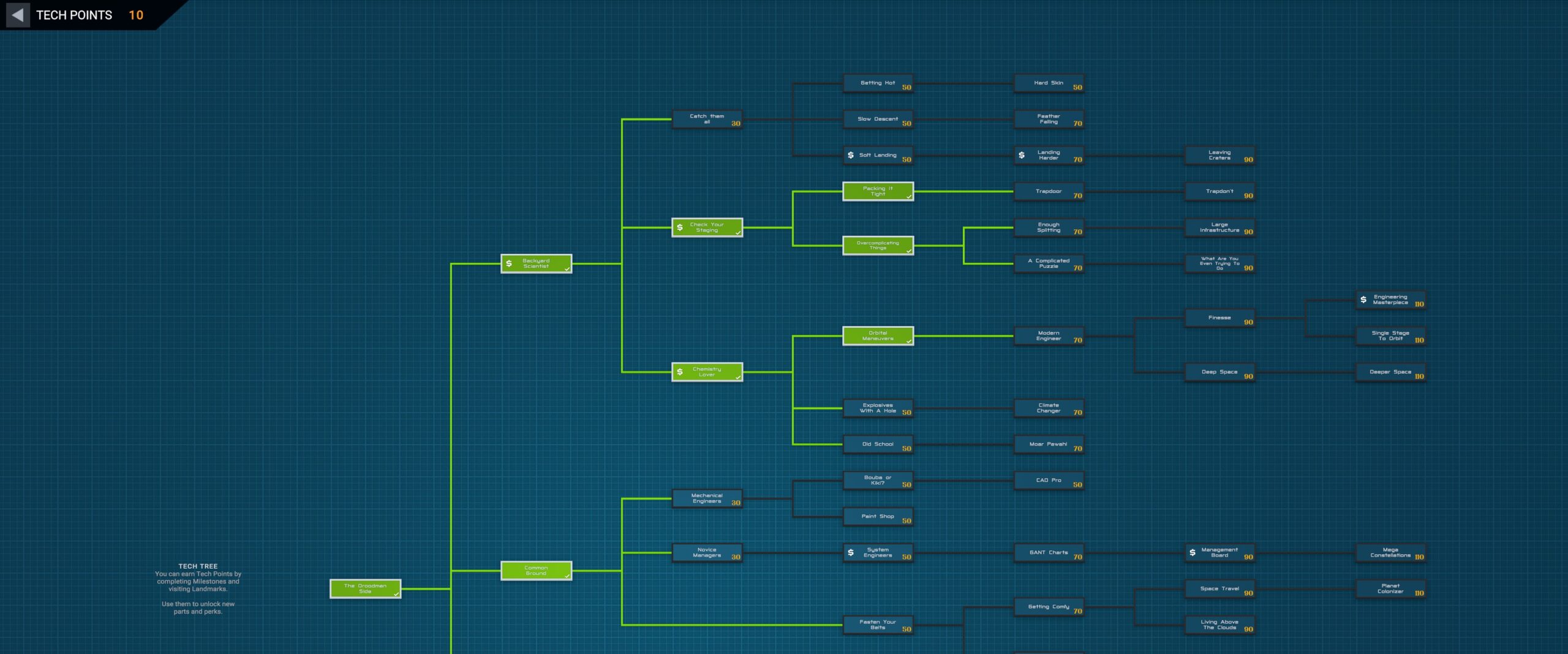
I do have some quibbles with the building interface as whilst it has some amazing tools for making certain jobs a lot easier (mirroring tool, how I love you) certain things just don’t seem to function as I’d expect them to. Wrangling the camera can be a bit of a chore sometimes, focusing in on certain parts to trying to say, navigate underneath the rocket can be a real exercise in frustation. Similarly taking a part off a stack, say like a booster for the first stage, sometimes renders parts of that object inaccessible. This means you have to put the part back on the craft, tweak it, remove it, and then place it back on again. Doing that can also mean that your part gets reattached at its midpoint which often isn’t the place you want to put it. Trying to slide that part around will usually end up detaching it, putting you right back at square one.
This could simply be me not being terribly familiar with how Juno or its predecessor SimpleRockets handles things like this and simply expecting them to function similarly to other 3D simulation tools I use (like SketchUp for example) however. I will admit that once I knew the handful of foibles that the interface had I was able to work around them relatively easy, but it did make building the kinds of ships I was making just a bit more frustrating than it could be. Similarly the game is so new that there’s not a terrible amount of content around it yet. I’m sure as time goes on, the mods roll in and the content creators start making videos about it the whole experience will likely be a lot better.
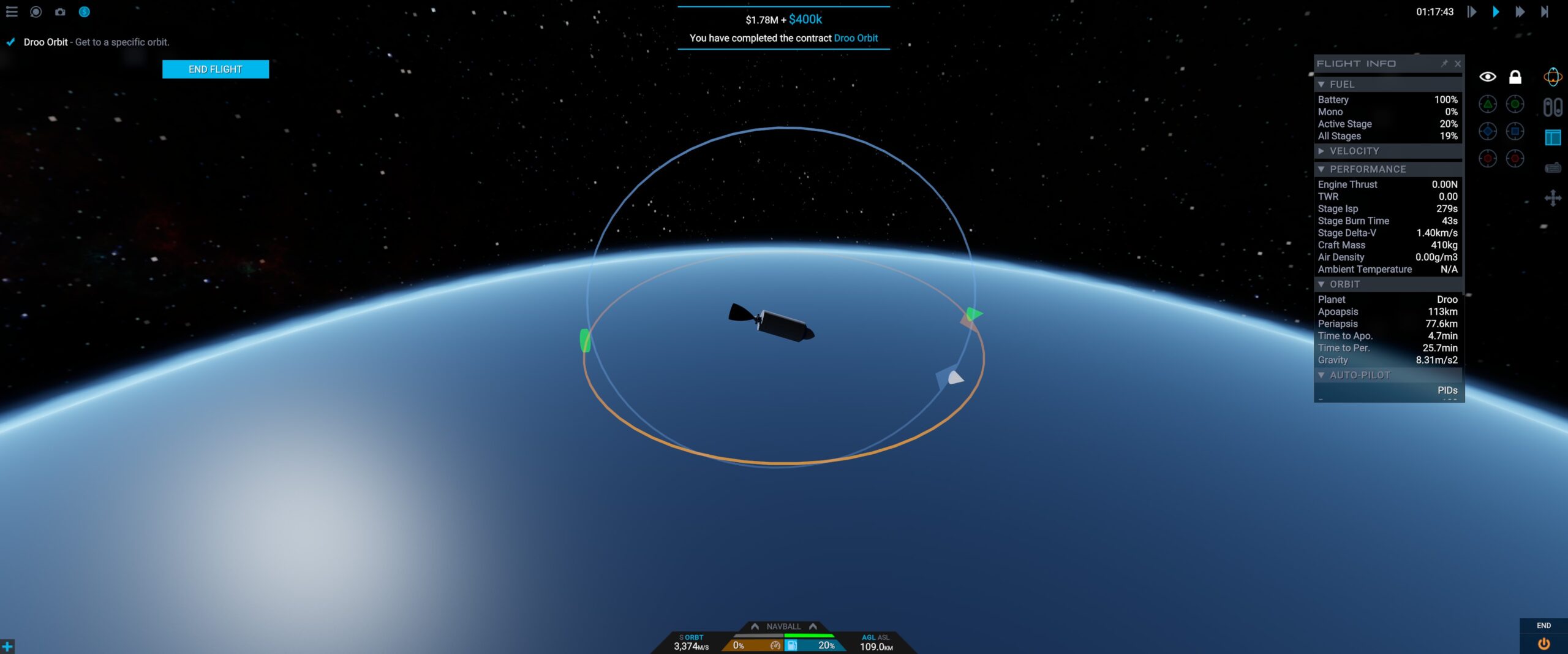
Whilst I doubt I’ll be finding myself spending a great deal more hours in Juno: New Origins I was quite happy with the time I spent with it. The bigger, more detailed sandpit is definitely welcome as is the campaign mode which makes getting used to everything that much easier. To be sure it still suffers from some of the same issues I’ve experienced with other similar simulator style games but once you’ve spent some time with it you can work around the most egregious faults. Much like KSP this Juno: New Origins is a game that’ll improve dramatically over time with mods, playthroughs and all sorts of other community made content augmenting and uplifting the experience. I’m sure we’ll be seeing another generation of space hopefuls losing some good time to it!
Rating: 8.0/10
Juno: New Origins is available on PC right now for $28.95. Total play time was 7.4 hours with a total of 13% of the achievements unlocked.



